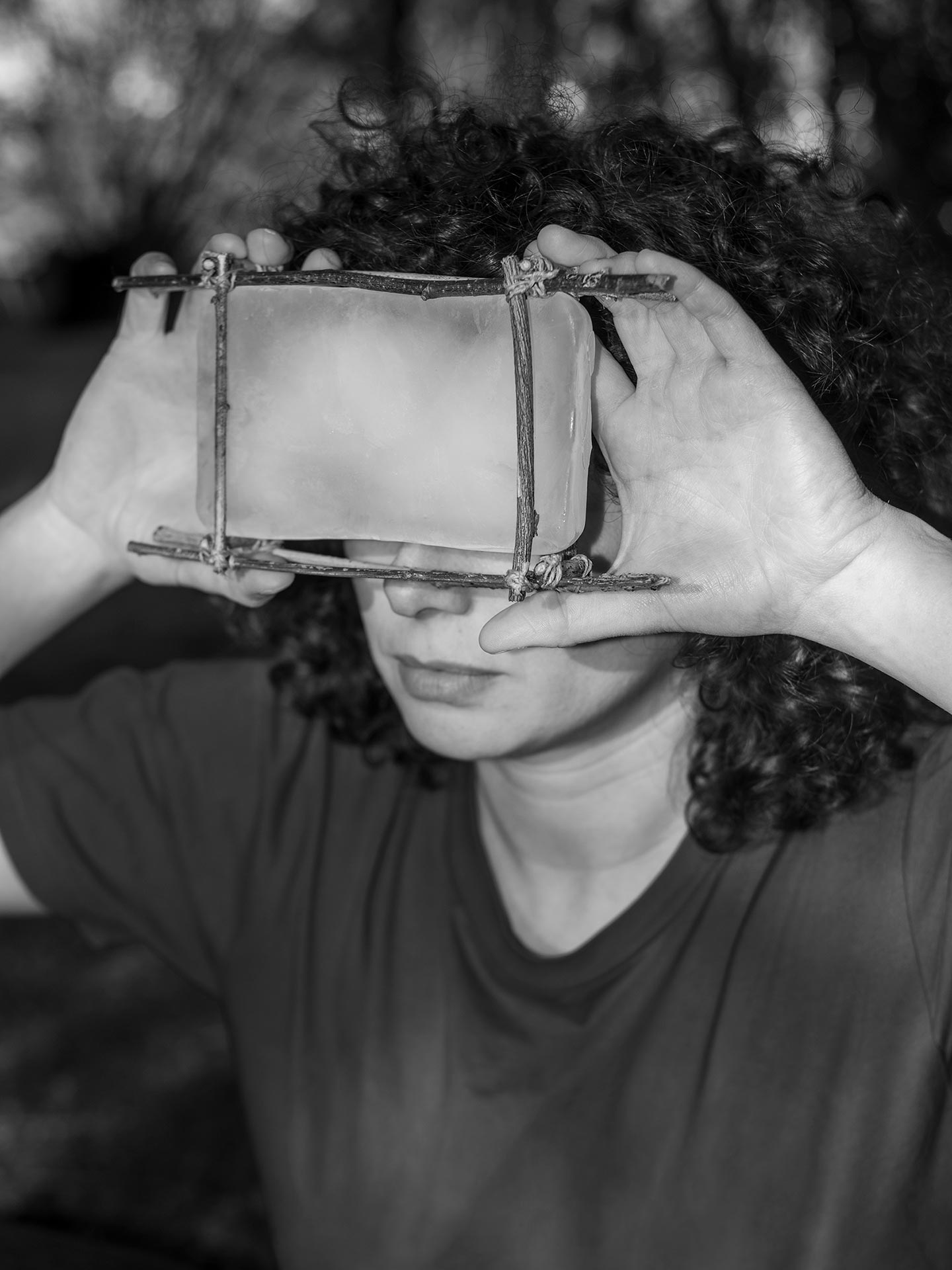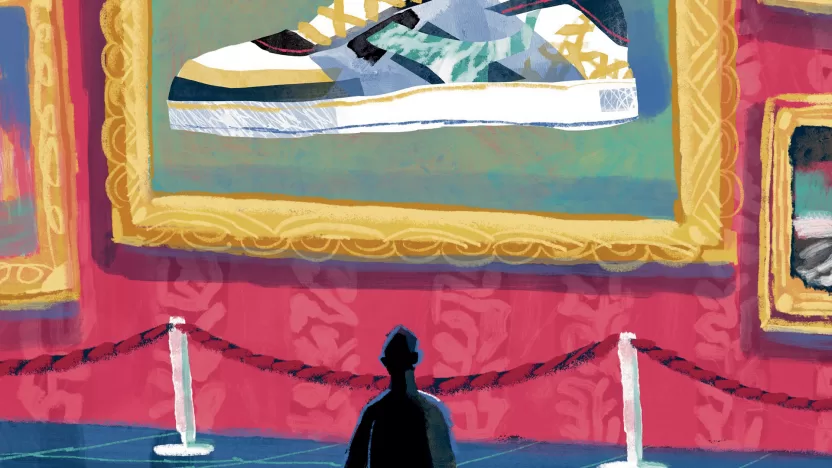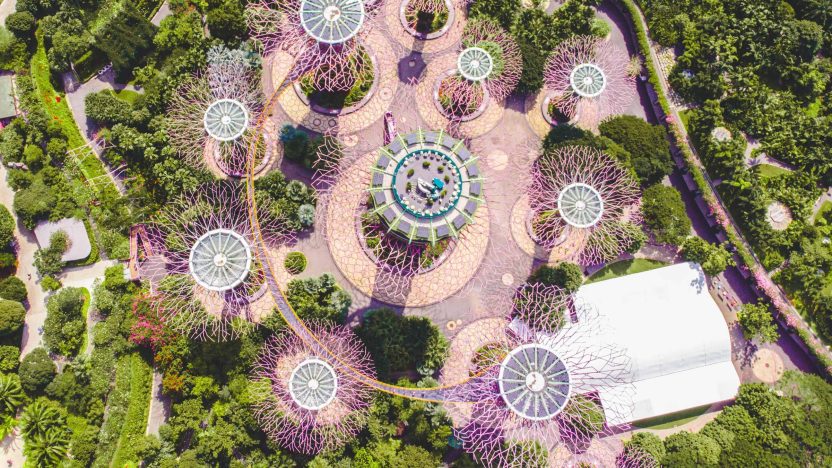
Ambiguous interfaces for uncertain times
Digital interfaces are entering an era of unprecedented complexity; and that’s a feature, not a bug
by Marco Zamarato
Photo by Chloé Azzopardi
As I wandered with a small group through the Oku-no-in cemetery on Mount Koya, Japan, our guide, a local Buddhist monk, explained two things: that during our walk, we might hear a rattling sound moving through the tall, dense trees, and that the term “esoteric,” used to describe their particular flavor of Buddhism, meant that they believed that truth was hidden in everything and could be uncovered through constant observation and meditation.
The rattling sound was actually made by flying, perhaps annoyed, squirrels in the treetops and doesn’t really relate to this piece, but the unexpected explanation in halting English of the term “esoteric” triggered something in my brain — as often happens: a specific turn of phrase unlocks an immediate and satisfying new understanding of something previously inscrutable to me. I haven’t decided yet if this is a gift or a curse, but think about that sentence and repeat it again: anything, if observed and practiced long enough, reveals a truth about everything.
I flew back to NYC and resumed my work with this idea lodged in my brain, and soon found myself stuck in front of my computer, pondering the hidden truths of the interface I was working on.
Like many people, I find it difficult to define exactly who I am and what I do, but on most occasions, the title “designer” will suffice — an interaction designer, to be precise, the type who designs user interfaces. After 16 years in the field, as I expanded the scope of my work, I also began to abstract the definition of what an interface is.
Typically, a user interface is thought of as a set of buttons, sliders, and gestures. Yet, consider a broader definition: an interface as a conduit between two heterogeneous systems, a membrane that enables mutual feedback and control. The extent to which an interface allows one system to interact in terms of feedback and control is determined by the interface’s affordances and is an inherent part of its design. What if we are all, to varying degrees, creators and maintainers of interfaces?

Non technological devices by Chloé Azzopardi — Non-technological devices are composite tools made from gleaned natural elements, assembled to mimic the technological devices that populate our daily lives. Between rudimentary productions and science-fiction creations, these objects are as much extensions of bodies as they are hindrances. Combined with invented artifacts whose use remains to be discovered, they create a fictional universe that mirrors our fantasies of the future.
Titles, clothes, rituals, laws — both written and unspoken — all function as interfaces, facilitating human connections (they could benefit from the rigorous testing and refinement that digital interfaces undergo!). The composer Caterina Barbieri described techno music as a synchronization tool for humans, exemplifying another form of interface that uses recognizable, repetitive, and pulsating rhythms to induce entrainment among humans.
Perhaps interfaces are in some sense esoteric because, as inspired by the night walk in the Buddhist cemetery, they may contain some hidden truth about ourselves and our world(s). Interfaces, even human-computer ones, are cultural objects since they embody how we interpret our world(s) and the technologies at our disposal. They are bridges between systems because they reflect how we think these systems are and should behave.
The original computer punched cards and later terminals were a symptom of a deeply utilitarian and perhaps slightly elitist view of computers: they were tools used to perform and repeat the same tasks, their interfaces designed for the initiated few. The graphical user interfaces of modern operating systems were didactic in their abstract simplification and linearization of tasks: trash cans, folders, list menus, and eventually leather notebook textures represented a certain hope for computers to tame and control the increasing complexity of the world. The first websites gave us a glimpse of pluralistic interfaces where standardization and predictability took a back seat to self-expression and exploration. The playfulness of the original web interfaces signaled an optimism that computing technologies could empower and liberate us.

Then came the mobile revolution — interfaces were designed to be touched, swiped, and tapped. Here, interfaces began to cater to dopamine-infused consumption loops like infinite scrolling, pull-to-refresh, and autoplay videos, each carefully crafted to keep us engaged, entertained, and entranced. These interfaces were (are!) a kind of performative ritual of gratification.
Interaction design is a relatively new discipline, and the mobile app space is where most UX/UI designers have been trained and have worked to date. We’ve learned to optimize UIs down to the last millimeter and deliver delightful experiences that hide complexity and optimize for engagement and useability. All the while, the world around us has changed rapidly, becoming far more complicated, unpredictable, and multifaceted than our interfaces had hoped for.
With climate change and AI both becoming self-evident and reaching the irreconcilable state of being at once unavoidable and non-unavoidable, we have entered uncertain times of hallucinations, deceptions, prismatic realities, and opportunities for radical rethinking and reimagining.

Interfaces have once again followed suit: with natural languages, gaze, attention, and brain activity becoming viable interfaces of this AI-infused era, we begin to see interfaces that are as natural and powerful as they are non-deterministic and prone to misunderstanding and error. Language is the ultimate interface, yet it is so much more ambiguous and variable than an old stable action menu list. Gaze is effortless and low latency, but our attention is fragile, and our thoughts are fleeting. Gone are the days of simple, linear, predictable UIs with clean desktops and organized folders. Somehow, these hopeful metaphors still exist in VR interfaces (and perhaps that’s why, despite its relative newness, VR feels more like the embodiment of a bygone dream), but take off your headset — or replace it with AR glasses — and you’ll see that the interfaces we’re building today are not shying away from the ambiguity and complexity of the world around us.
My first reaction is concern, yet I feel that by embracing their entropic nature, these new interfaces are, in some strange way, demanding us to become more present, proactive, vigilant, and resourceful. So maybe there is hope in uncertainty.
In the cemetery, we walked for another 20 minutes with our ears up, scanning for sounds around us. Finally, as we approached the Kōbō Daishi Mausoleum, it happened: a sudden movement of leaves in the trees above us and the rattling sound of the flying squirrels.


